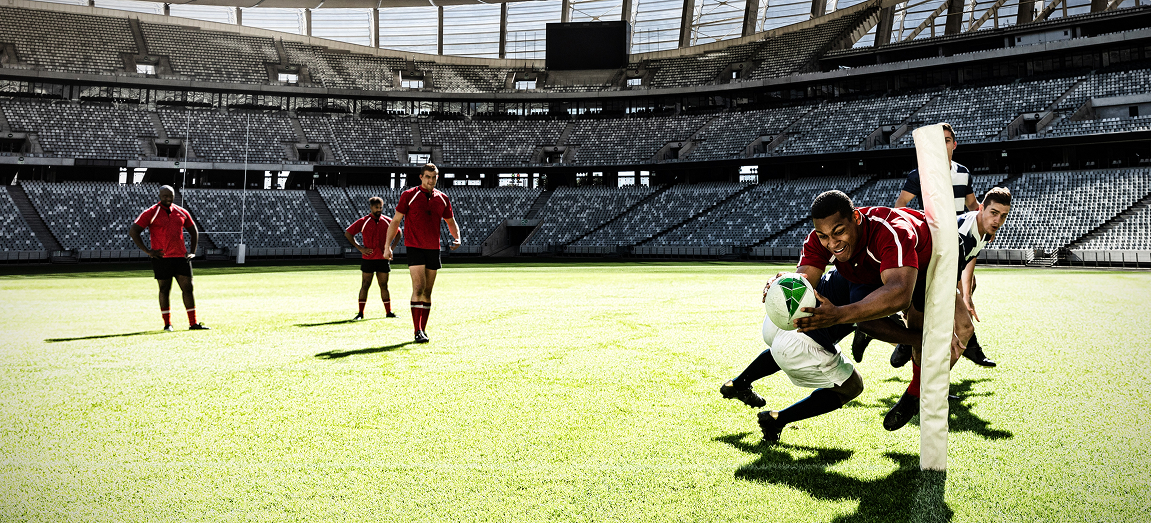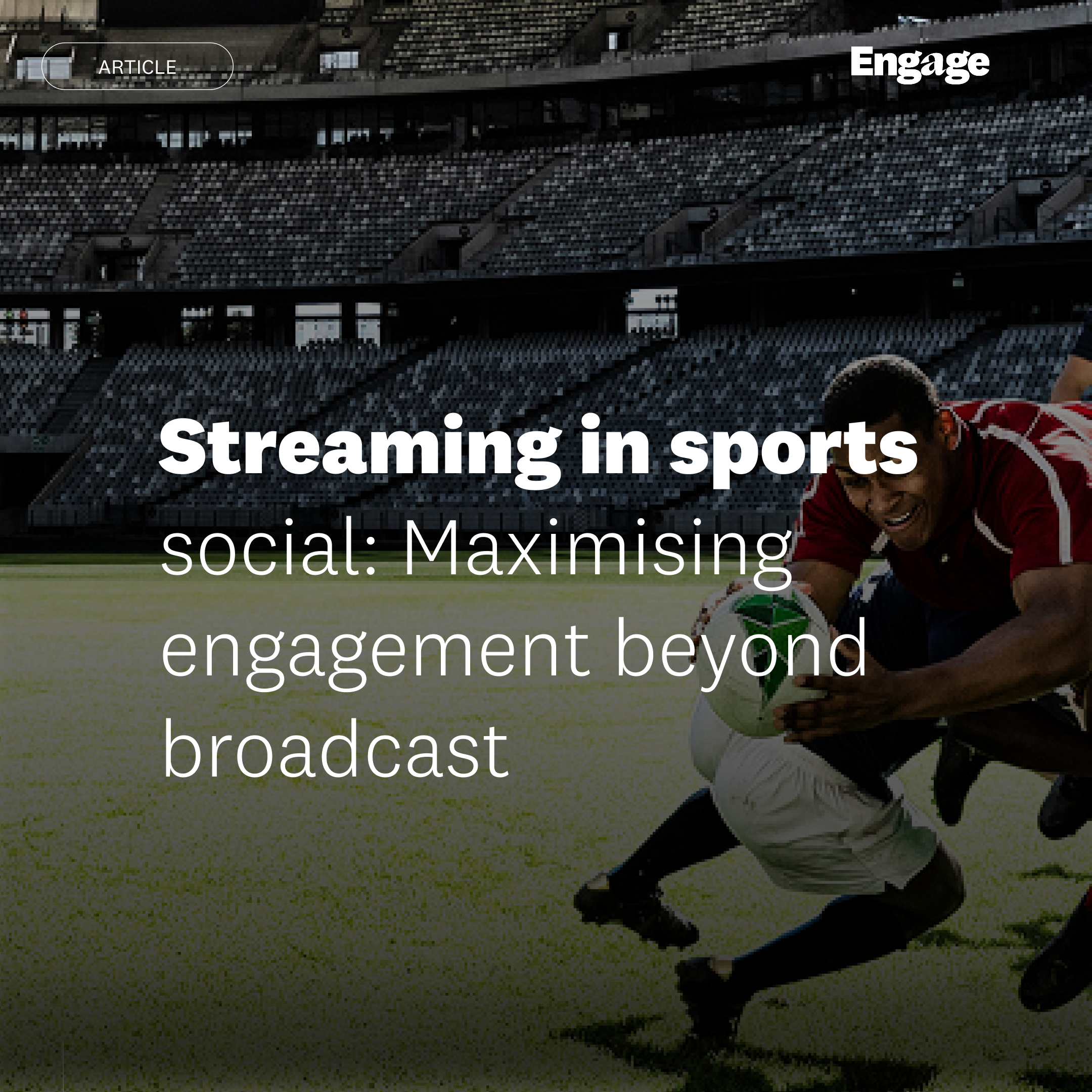
Part of Brave Bison, overviews how F1 is targeting a younger, more diverse audience through more innovative and thoughtful partnerships.
Shortly after Formula One launched its incredibly successful Lego drivers’ parade in Miami, it announced a new collaboration with Disney which will see Mickey & Friends enter the world of motorsport. The timing of these activations is not a coincidence.
Formula One clearly recognises how the sport has changed in recent years and the value of engaging and growing its younger audience. Across the EU and US, more than four million children between the ages of eight and 12 actively follow the sport, with 40 per cent of its Instagram followers under the age of 25.
This shift to create a more diverse fanbase, particularly through digital channels, has been evident since the release of Netflix docuseries Drive to Survive, but it has never been so stark.
The power of authentic sponsorship integration on digital
Authenticity is a common cliche on digital channels, but it applies more than ever when creating a successful sponsorship integration campaign. It’s common to see content struggle to perform when sponsors cover their content in logo lockups, branded outros or, even worse, intros.
This is amplified in short-form vertical content, which thrives on high watch percentages. We are conditioned to skip past an advertisement at the earliest opportunity, and overly branded content is quickly swiped away.
Everything about Formula One’s collaboration with Lego in Miami was genuinely entertaining and authentic. The activation centred on the Lego cars themselves, but during an event already in the race day schedule. This was all that was needed to promote the brand and create really compelling content.
The drivers’ enjoyment was obvious. “That was the most fun drivers’ parade we’ve ever had, some dirty driving, it was great fun,” said Ferrari driver Lewis Hamilton. He also filmed and posted a TikTok with teammate Charles Leclerc which generated over 14 million views – the most viewed video on his account to date.
TikTok is the natural home of ‘fun content’, so it is no surprise Hamilton posted exclusively there due to its audience overlap with Lego’s target market. With 25 per cent of TikTok users under 19, the content, brand and platform clearly complement each other.
Whether Lego consciously anticipated this level of promotion is unknown – but if it did, it was a smart move. Content like this not only grows Lego’s audience, but also attracts younger fans to Formula One.
Formula One’s previous partnerships with Hot Wheels and Super Mario show its intent to reach younger audiences, yet the Lego partnership is likely to evolve further – and the new Disney tie-up adds another layer.
While the specifics of how Mickey & Friends will feature are unknown, even a minimal presence at select Grands Prix through themed fan zones or collaborative merchandise could create high-impact content for social media and spark curiosity from younger viewers.
Disney’s own track record of integrating characters into live sport suggests it will bring both entertainment and commercial value.
Behind the numbers
Formula One’s partnerships are built on data. After looking into the brand affinity between Formula One and Disney, Brave Bison found that Formula One’s digital audience is 6.3 times more likely to stream Disney content than the average online user. This kind of data shows how Formula One have strategically partnered to chase reach, relevance and cultural impact.
The numbers during the Lego parade tell a similar story. In a ten-day period around the Miami Grand Prix in May, Formula One channels generated over 370 million views with an average uplift of 195 per cent across channels. TikTok and Facebook saw the most success with a viewership increase of 285 per cent and 246 per cent respectively.
Every channel saw an engagement uplift of over 100 per cent, with Instagram driving 14.1 million of the 25.6 million engagements.
Lego’s channels also benefitted, with an 80 per cent uplift in TikTok views and a 31 per cent uplift in YouTube views, likely from increased search traffic. Engagement was particularly strong on Instagram (up 564 per cent) and TikTok (up 471 per cent), two platforms dominated by younger users.
On Facebook, only 37 per cent of Formula One’s audience is under 34, while 75 per cent are under 34 on Instagram. The younger audiences engaging with Formula One-related content on Lego channels not only helps to familiarise Lego fans with the sport, but it also direct them to the sport’s platforms. This is a match made in digital heaven.
Is Formula One a sports or entertainment brand, or both?
Formula One is changing the way both sports interact with brands and how sport and entertainment merge. Like the National Football League (NFL) and National Basketball Association (NBA), Formula One has embraced culture outside the sport itself, widening its appeal.
Purists can enjoy the racing during a Grand Prix weekend but, outside of that time, the sport drives new fans by tapping into fashion, gaming, celebrity streaming, and brand collaborations tailored for digital platforms.
The recent release of the F1 movie is a significant move, likely to appeal to motorsport enthusiasts through real teams and tracks while attracting a new audience that prefers fictional storytelling to documentaries like Drive to Survive.
With speculation around an animated Formula One series on Disney+, the sport is showing no signs of slowing its entertainment push.
Just as the NBA has grown engagement through fashion partnerships and the NFL has leveraged music events like the Super Bowl halftime show, Formula One’s approach signals a new era of sports properties thinking like entertainment brands.
Formula One’s next lap starts here
Growing a bigger audience remains central to Formula One’s ambitions, but the methods have evolved. Where campaigns once focused on overt messaging, the emphasis is now on embedding within entertainment, digital content and brand collaborations. The Lego drivers’ parade shows these efforts can be both commercially powerful and culturally resonant.
It will be interesting to see how others outside of the United States’ core sports respond to Formula One’s success. In football, Manchester United’s plan to include entertainment spaces in their new stadium and Fifa’s announcement of a half-time show in the World Cup final are just two examples of how other sports are exploring new ways to grow their fanbases.
Strategic, creative brand activations are a big part of that journey. And, when they’re as well executed as the Lego parade, they don’t just sell toys or rack up views – they shift perceptions.
Formula One is now seen by many not just as a sport, but as an entertainment force with the power to shape culture. That’s what drives fandom in 2025, and that’s what will keep the next generation watching.

Next Article
